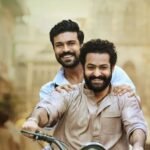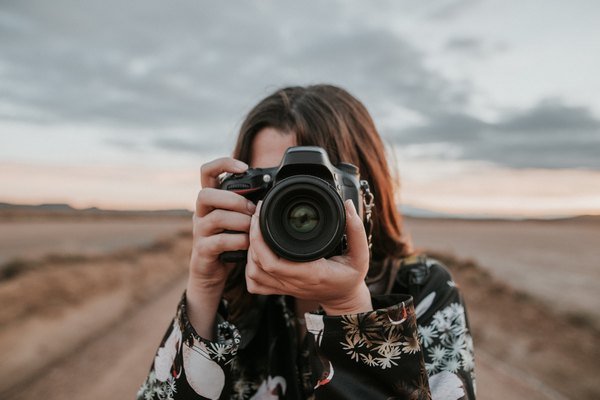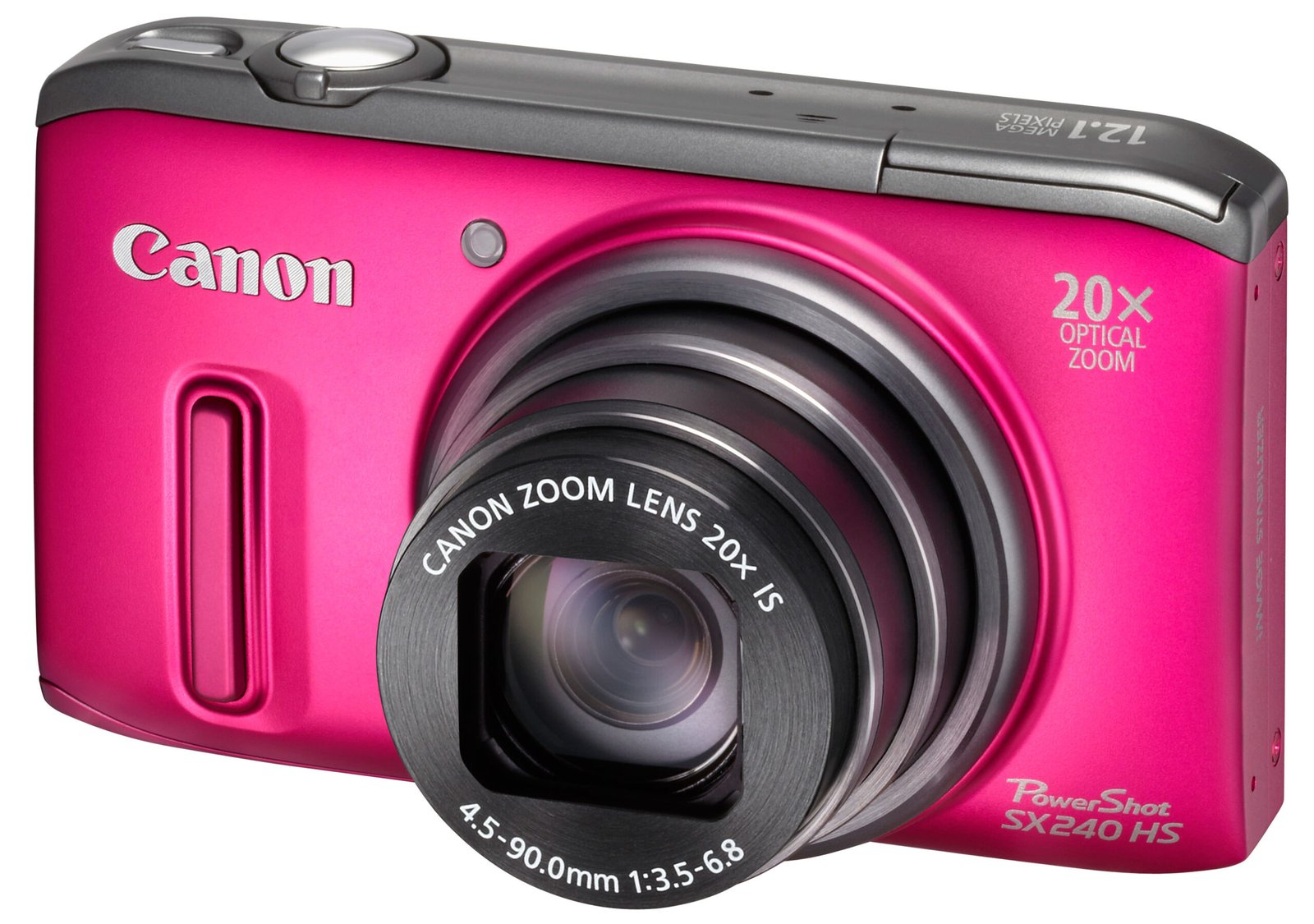Photography has always been a powerful medium for storytelling, capable of freezing moments in time and turning them into lasting memories. In the realms of music and film, photography plays a crucial role in documenting history, shaping cultural narratives, and preserving artistic legacies. Iconic photographs of musicians and filmmakers not only capture the essence of their work but also provide a visual chronicle of the evolution of these art forms.
This article explores the profound impact of photography in documenting music and film history, from capturing behind-the-scenes magic to immortalizing moments that define an era.
1. Capturing Iconic Moments in Music History
Photography has been instrumental in defining the visual identity of music across decades. From black-and-white shots of The Beatles crossing Abbey Road to vibrant images of Beyoncé commanding a stage, photographers have captured moments that transcend time.
Album covers, in particular, demonstrate the fusion of music and photography. Consider the raw emotion of Nirvana’s Nevermind or the minimalist allure of Pink Floyd’s The Dark Side of the Moon. These iconic images don’t just accompany the music; they shape how audiences experience and remember it.
Live performance photography also preserves the energy and emotion of legendary concerts. The electrifying image of Jimi Hendrix setting his guitar on fire at Monterey Pop Festival and Bob Marley performing under a spotlight are more than photographs—they’re cultural artifacts.
2. Behind-the-Scenes Insight in Film
On film sets, photographers capture the magic of moviemaking, offering audiences a glimpse into the creative process. Behind-the-scenes photos of directors, actors, and crew working together reveal the dedication, artistry, and teamwork required to bring stories to life.
Iconic moments, like Alfred Hitchcock directing Janet Leigh in Psycho or the cast of Star Wars sharing a laugh on set, showcase the humanity behind cinematic masterpieces. These images also serve as valuable historical records, illustrating changes in technology, set design, and filmmaking techniques over time.
3. Shaping Public Perception of Artists and Filmmakers
Photography has the unique power to shape public perceptions of musicians, actors, and filmmakers. Portraits of stars often become synonymous with their personas. Think of Marilyn Monroe’s iconic smile, Elvis Presley’s rebellious stance, or David Bowie’s Ziggy Stardust alter ego—all immortalized through photography.

In the digital age, promotional photo shoots, press kits, and social media profiles continue to build the visual narrative surrounding artists. These images not only enhance the personal brands of creators but also influence how their work is perceived by fans and critics alike.
4. Chronicling Cultural Shifts
Music and film are deeply intertwined with cultural movements, and photography serves as a lens through which these shifts are documented. Consider the vibrant photos of Woodstock, which captured the spirit of the 1960s counterculture, or the stark, gritty images of punk rock concerts in the late 1970s.
In film, iconic stills like the Titanic lovers on the bow of the ship or Dorothy in her ruby slippers in The Wizard of Oz reflect the evolving tastes, styles, and values of society. Photographs from these periods provide context and insight into the cultural zeitgeist, helping future generations understand the significance of these moments.
5. Preserving Legacy for Future Generations
Photography ensures that the legacies of artists and filmmakers endure long after their time. Archival photos of Billie Holiday, Charlie Chaplin, or Orson Welles allow us to connect with their genius and appreciate their contributions to music and film history.
Exhibitions, coffee table books, and online archives dedicated to music and film photography keep these moments alive. For example, museums and galleries often feature collections of photographs documenting the Golden Age of Hollywood or the rise of rock ‘n’ roll, reminding us of the enduring impact of these art forms.
6. The Intersection of Photography and Modern Technology
With the rise of smartphones and social media, photography’s role in documenting music and film history has expanded. Concertgoers and movie enthusiasts alike can now capture and share moments instantaneously. This democratization of photography has given fans the ability to contribute to the visual narrative of their favorite artists and films.
Professional photographers, meanwhile, continue to push the boundaries of the medium, using advanced cameras and editing software to create stunning visuals that resonate with audiences. Innovations like drone photography and 360-degree cameras are adding new dimensions to how we document and experience music and film events.
7. Celebrating Collaboration Between Photographers and Artists
Many renowned photographers have built their careers capturing the world of music and film. Annie Leibovitz’s portraits of celebrities, Herb Ritts’ striking black-and-white imagery, and Anton Corbijn’s moody shots of musicians like U2 and Depeche Mode are just a few examples of collaborations that have produced timeless works of art.
These photographers don’t just document—they interpret, elevating their subjects through creative vision and technical mastery. Their work reminds us that photography is not just a tool for preservation but also a form of artistic expression.
Conclusion
The role of photography in documenting music and film history is immeasurable. It captures moments of creativity, documents cultural shifts, shapes public perceptions, and preserves legacies for future generations. Through the lenses of skilled photographers, we gain a deeper appreciation for the artistry and humanity behind music and film.
As technology continues to evolve, the relationship between photography, music, and film will only grow stronger, ensuring that the stories of these art forms remain vivid and accessible for years to come. Photography, after all, doesn’t just document history—it makes history visible.











